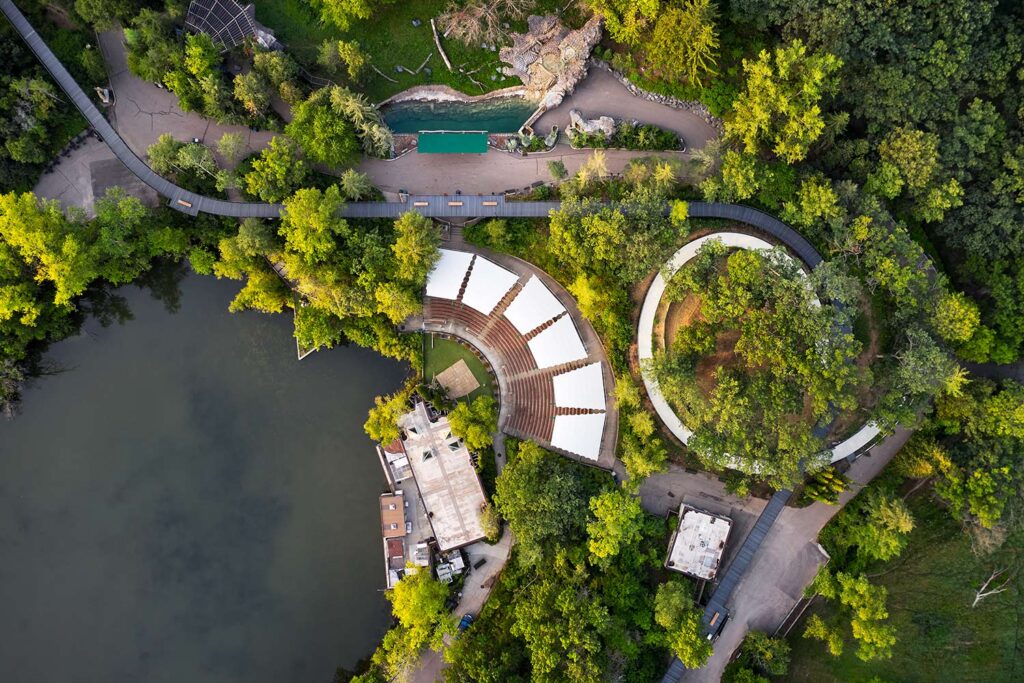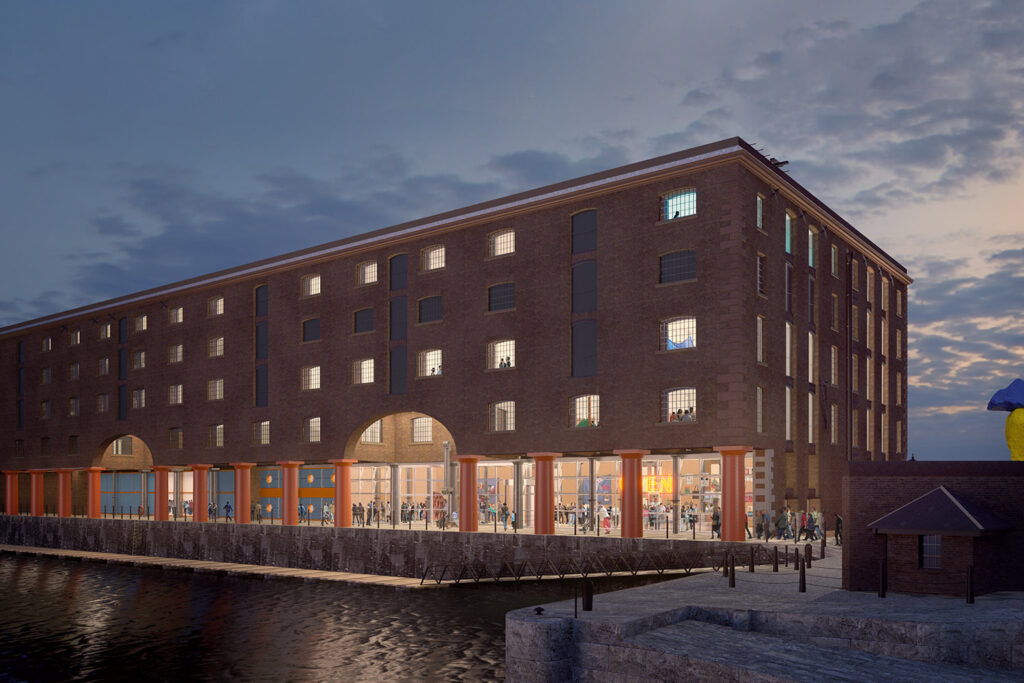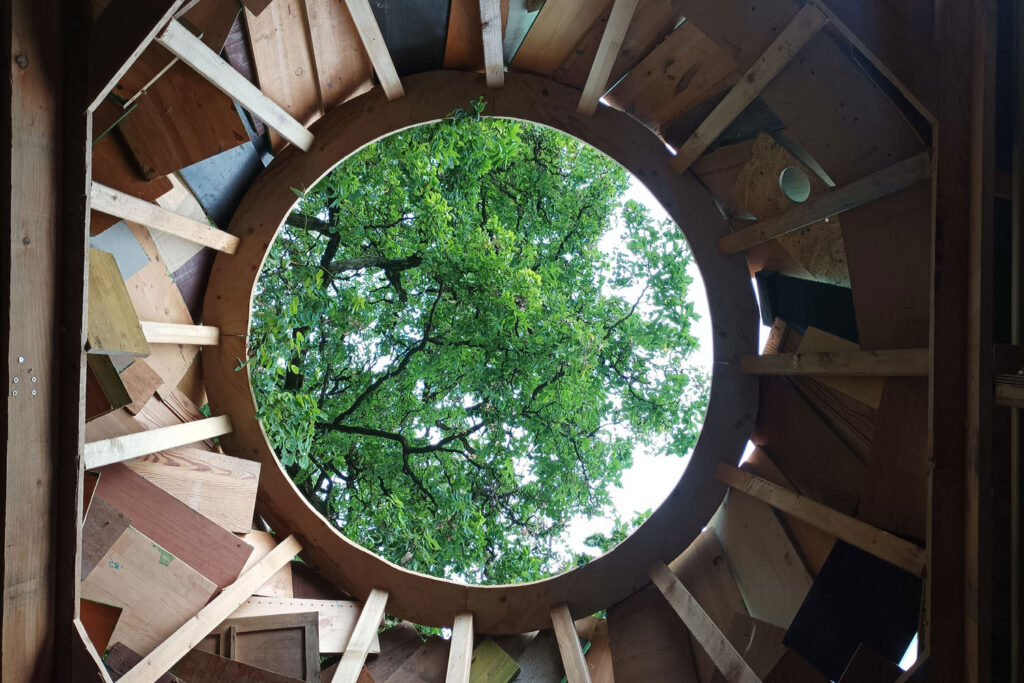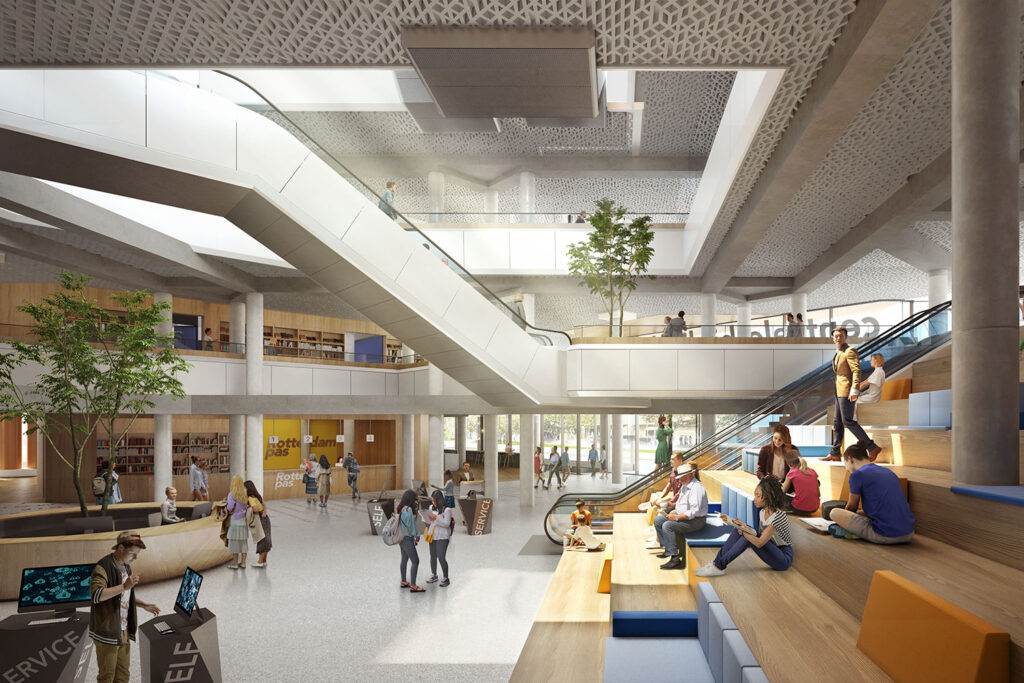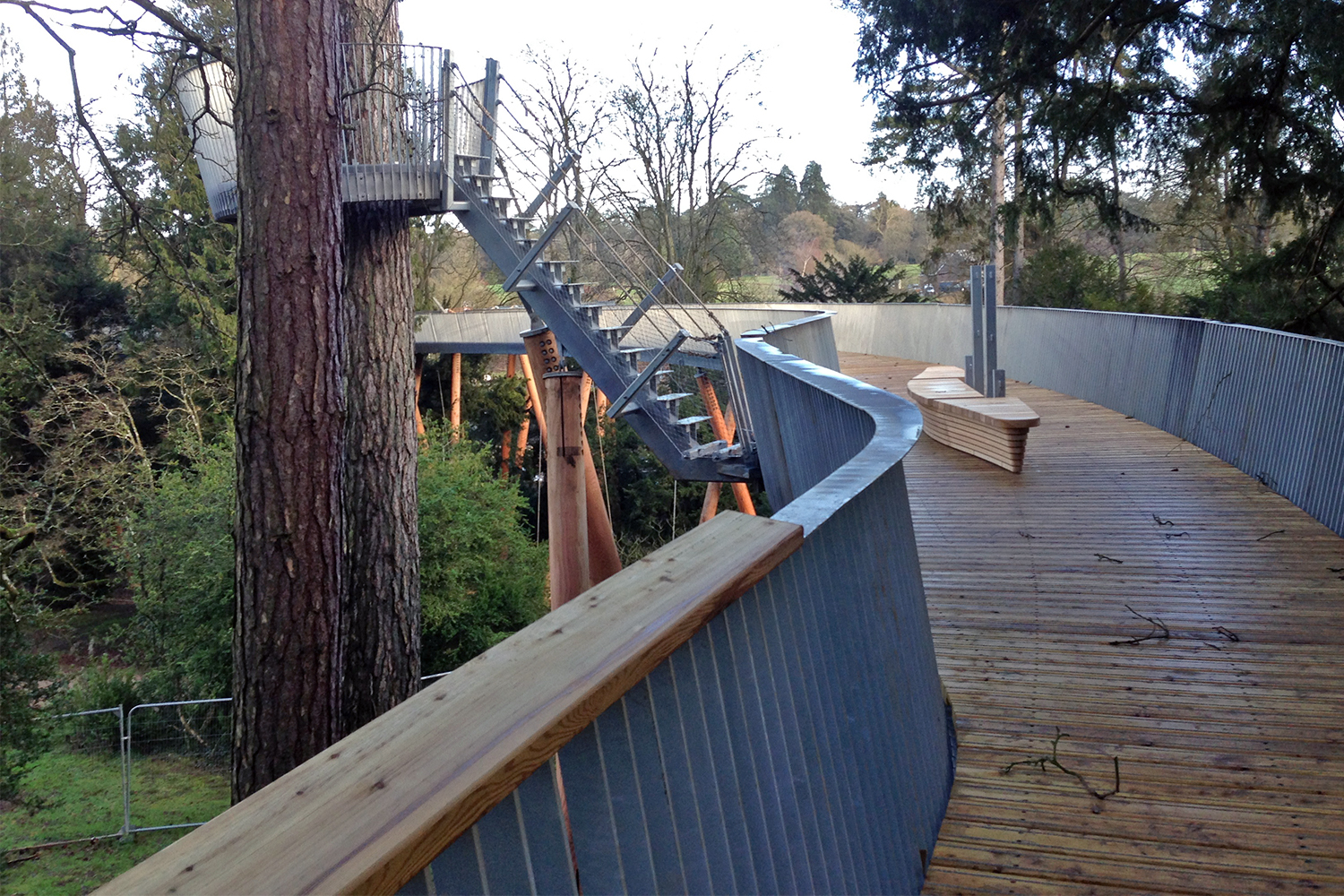
Stihl Treetop Walkway
Westonbirt, UK
Project details
Client
Forestry Commission
Architect
Glen Howells Architects
Duration
2009—2016
Services provided by Buro Happold
The Forestry Commission wanted to create an elevated path that would take visitors on a journey through the canopy of the beautiful silk forest at Westonbirt Arboretum.
The walkway needed to be disabled friendly and accessible to visitors all year round, enhancing their experience by giving them a whole new perspective on the woodland.
Having successfully worked with the Forestry Commission on two previous projects, Buro Happold was asked to lead on the structural and geotechnical engineering aspects of this ambitious initiative.
Challenge
The sheer size and scope of the proposed walkway created a number of challenges for our team. Initially, our engineers had to produce a design for a structure that could take visitors right in among the treetops, without it foundations damaging the network of roots beneath.
We also had to ascertain the best materials to use to meet the various criteria for the walkway. It had to be strong enough to support the weight of people using it, durable enough to last the lifespan required by our client, and provide a visually pleasing addition to the forest setting. Our client wanted the entire structure to be made from wood – both to celebrate the beauty of this natural material and to firmly root the walkway within its forest surroundings – but the architect thought steel would be a more appropriate choice.

Solution
We worked closely with the arboretum’s tree team to plan a route through the densest area of the forest that would give visitors the opportunity for close interaction with the trees, while minimising the risk of damage that could occur to them during the construction process.
To resolve the question of the best materials to use, we used Autodesk Robot software to analyse a variety of options. The results showed that it would be best to render the deck itself in steel, which met the lifespan and durability requirements set out by our client, and created a stiffer structure that would better cope with the dynamic movement caused by pedestrian loads. In addition, the use of steel over wood allowed for a slimmer construction, which both reduced the walkway’s visual impact on the surrounding forest and kept construction costs within budget.
To meet our client’s aims of showcasing timber, and to help the structure blend more sensitively with the forest setting, we decided to use sustainably sourced larch for the supporting legs. To add visual interest from the ground and help the walkway blend more easily with the trees, the legs were arranged in a cross shape.

Value
Today, the walkway is a sinuous structure at one with its surroundings. As it winds through the forest canopy it gives visitors the opportunity to interact with the trees around them, and several platforms dotted along the path further encourage users to pause and reflect on the beauty of the forest beyond.

Awards
2017
RIBA Regional Awards, South West, Client Award: Winner
2017
Civic Trust Awards, Pro Tem & AABC Conservation Awards: Winner
2016
Wood Awards, Commercial and Leisure Award: Winner






